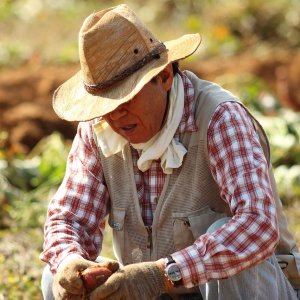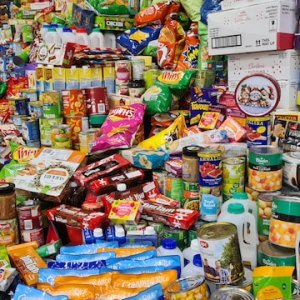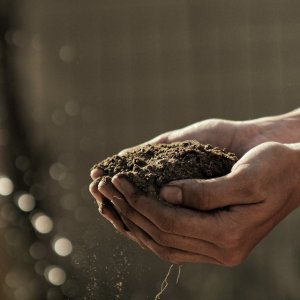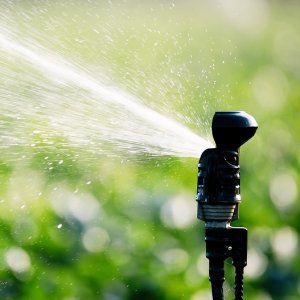
Agricultural Production Grows in Mexico, World
 By Sofía Hanna | Journalist and Industry Analyst -
Thu, 11/04/2021 - 10:32
By Sofía Hanna | Journalist and Industry Analyst -
Thu, 11/04/2021 - 10:32
The global added value generated by agriculture, forestry and fishing increased by 73 percent between 2000 and 2019, reports FAO in its Statistical Yearbook. Mexico also grew significantly in agricultural and fishing exports and is well-positioned in the global framework.
Agricultural production has grown steadily during the past two decades to address the needs of a growing population. By 2019, the added value generated by agriculture, forestry and fishing reached US$3.5 trillion, reports FAO. In terms of production, primary crops grew by 53 percent between 2000 and 2019, reaching a historical maximum of 9.4 billion tons produced in 2019.
FAO’s report paints a picture of contrasts and challenges. While production grew significantly, food distribution lagged behind. Undernourishment also increased notably during this period and by 2020 almost 10 percent of the world’s population suffered from hunger. Furthermore, most countries’ forests shrunk, leading to a decrease in forest areas of 94 million hectares. Numerous areas also report water stress levels approaching 100 percent. While greenhouse gas emissions by agricultural lands decreased by 2 percent between 2000 and 2019, emissions from agricultural farms increased by 11 percent.
Food production is also growing strongly in Mexico. The Statistical Yearbook highlights the country’s production of sugar, eggs, milk and cereals but the country also has a strong export sector. During the past nine months, the country’s agricultural and fishing exports amounted to US$14.5 billion, a 6.2 percent increase year-over-year, according to the Ministry of Agriculture and Rural Development (SADER). The national products with the highest export value were: beer, US$3.6 billion; tequila and mezcal, US$2.7 billion; and avocados, US$1.9 billion.
This marks the seventh consecutive year in which the agricultural and agro-industrial trade balance registered a surplus and 2021 was the third-highest positive balance of the past 27 years. Mexico’s 2030 objectives aim to support the continuous development of the agriculture industry, which is increasingly necessary for the wake of the pandemic. “Governments around the world commit to the execution of large plans of sectoral and national development, as well as regional and global development programs. Furthermore, the COVID-19 pandemic, while hampering countries’ ability to collect data, underscored the pressing need for data and statistics to guide timely interventions and track trends,” said José Rosero Moncayo, Director of the FAO Statistics Division.
















